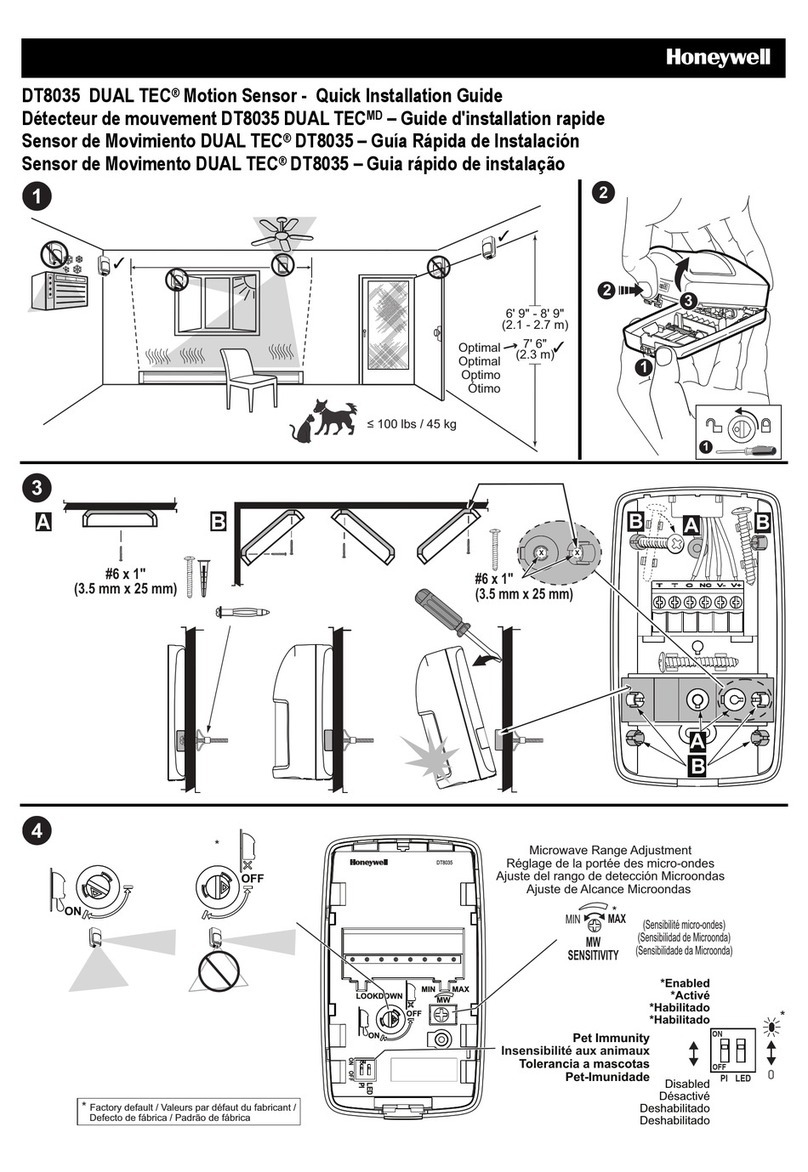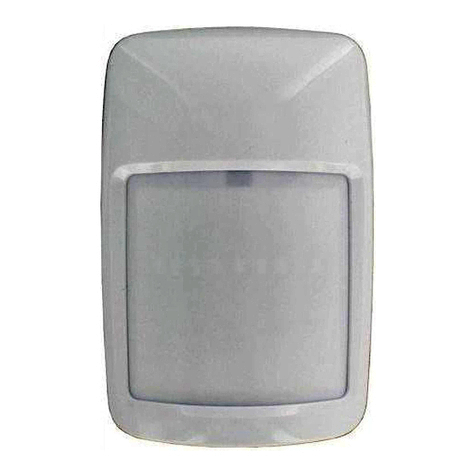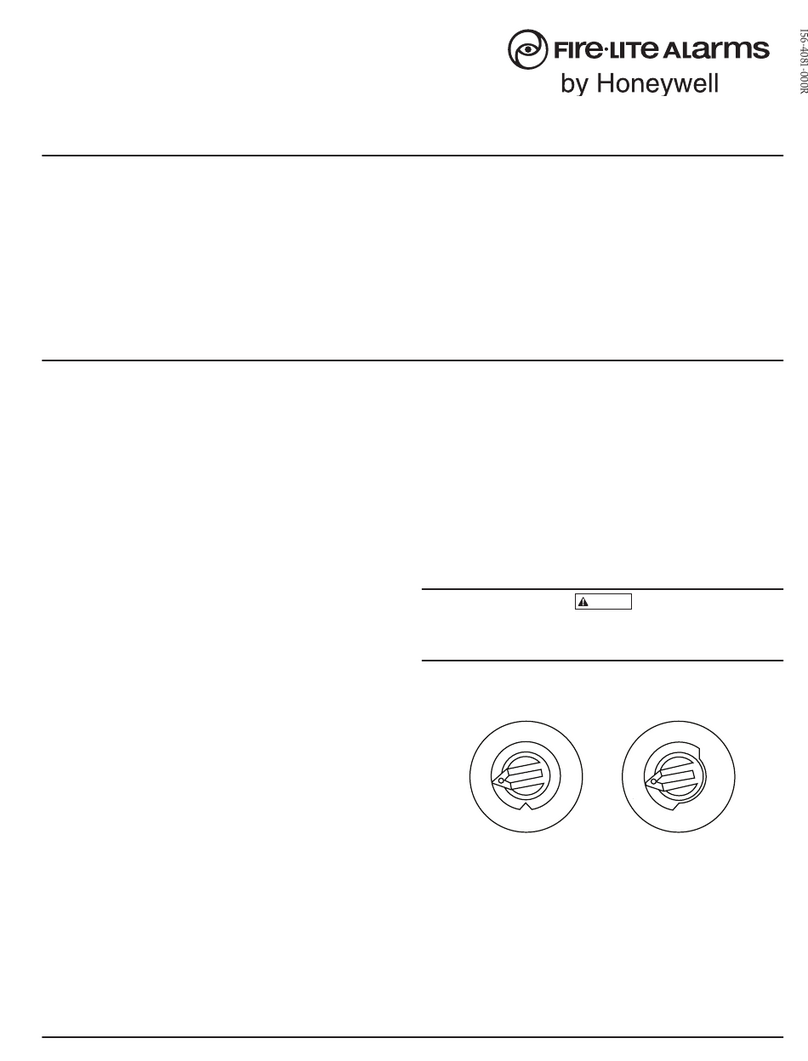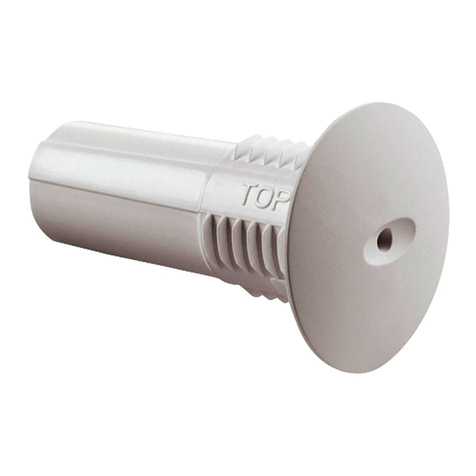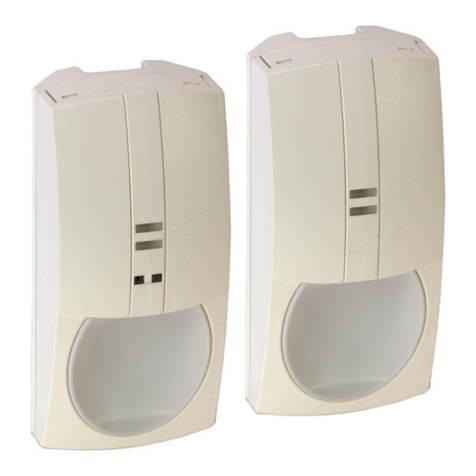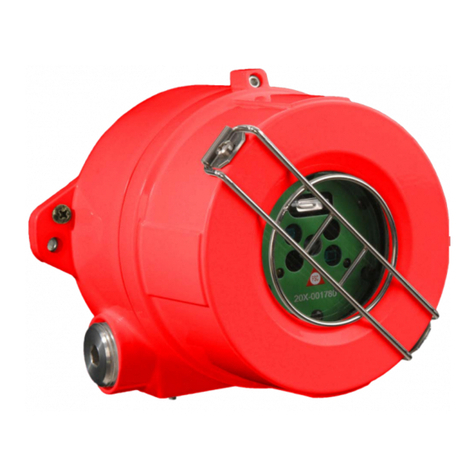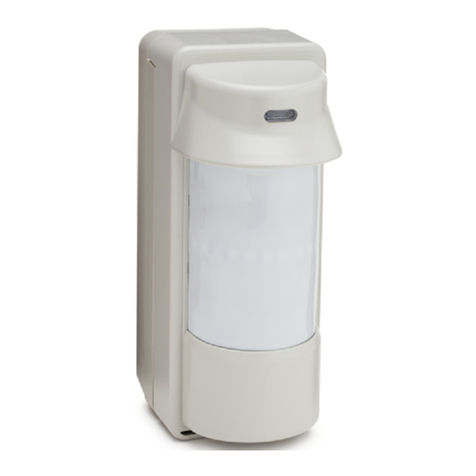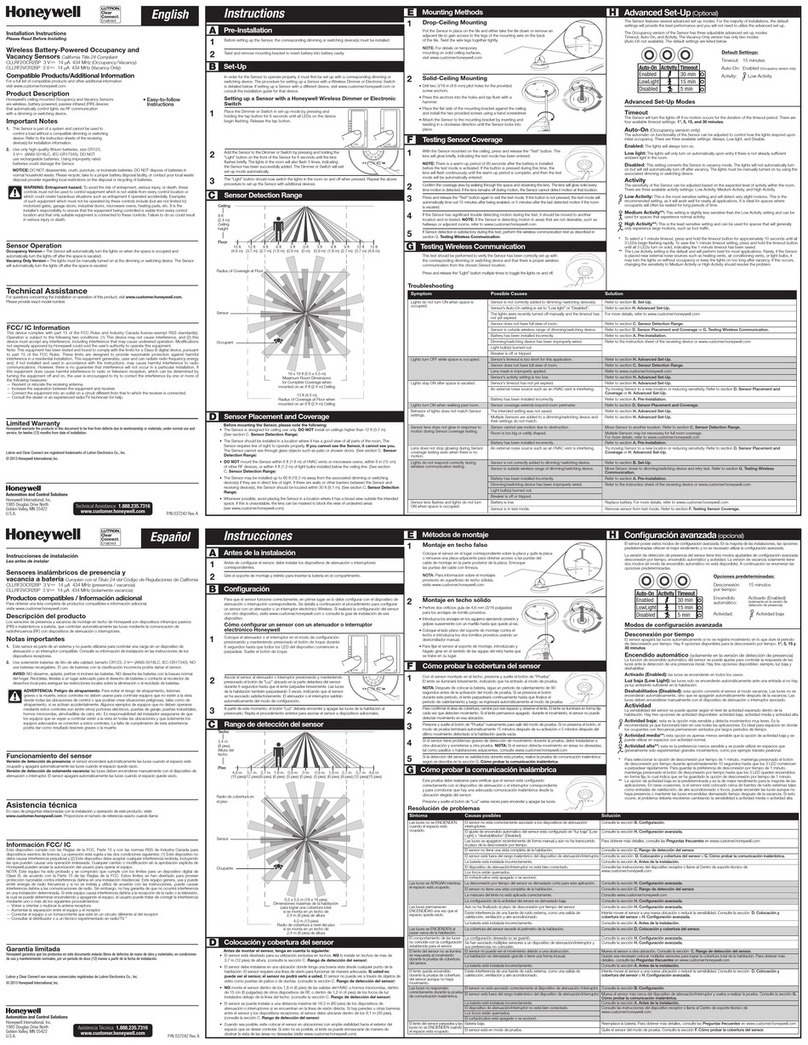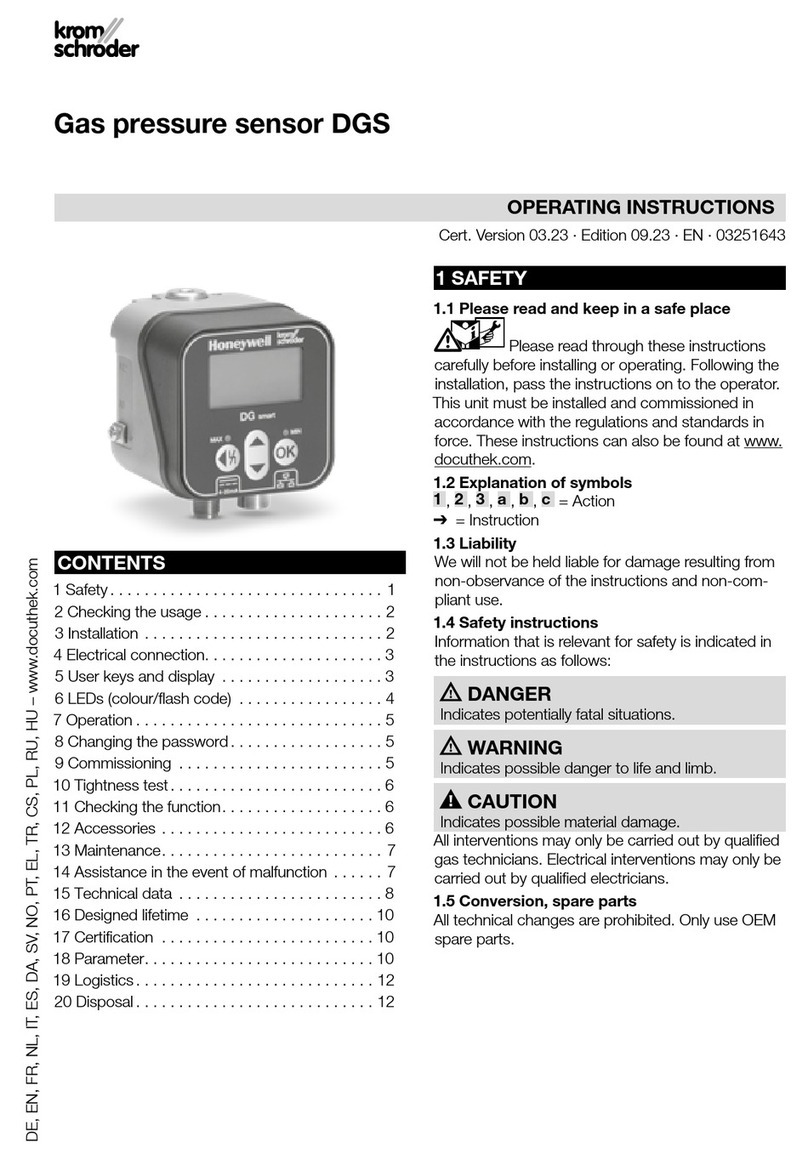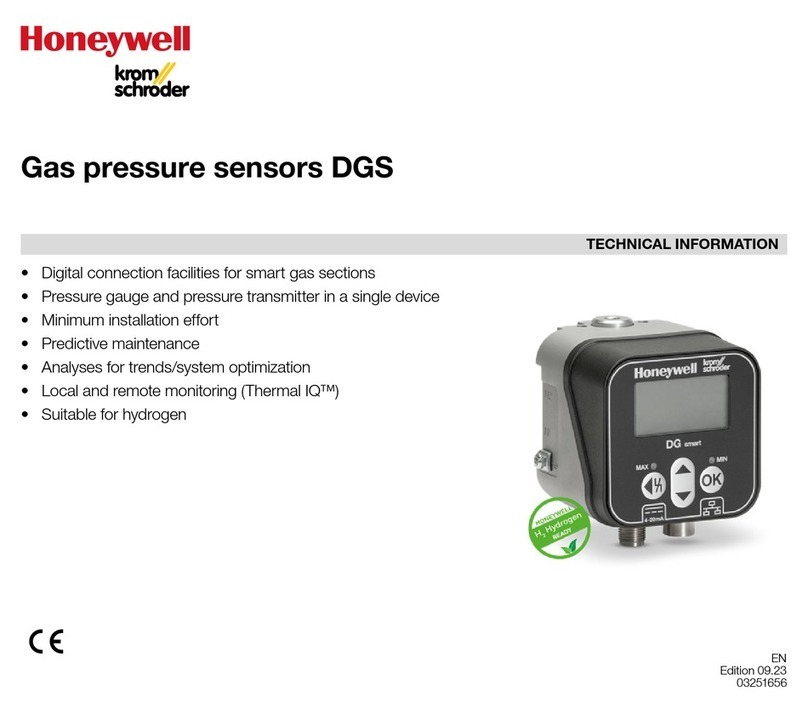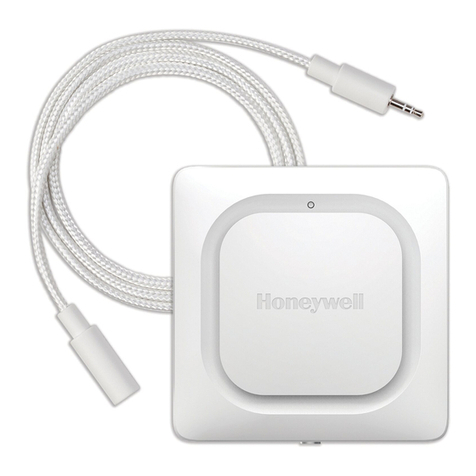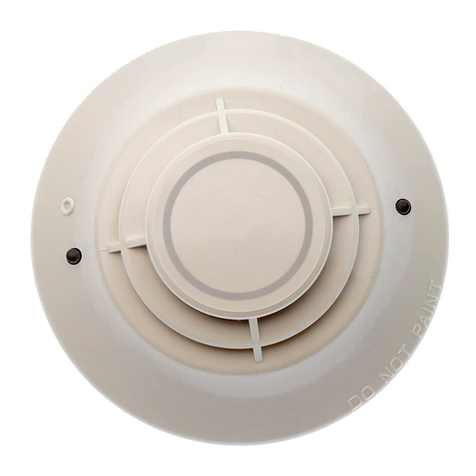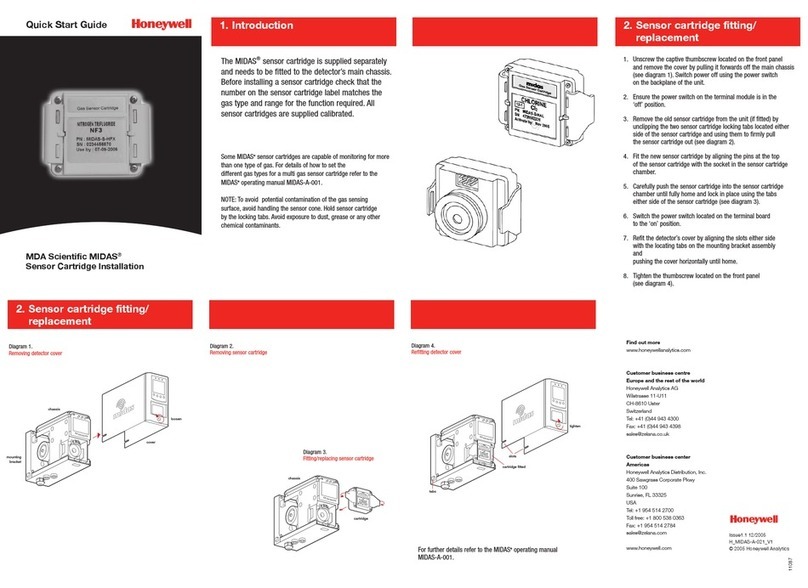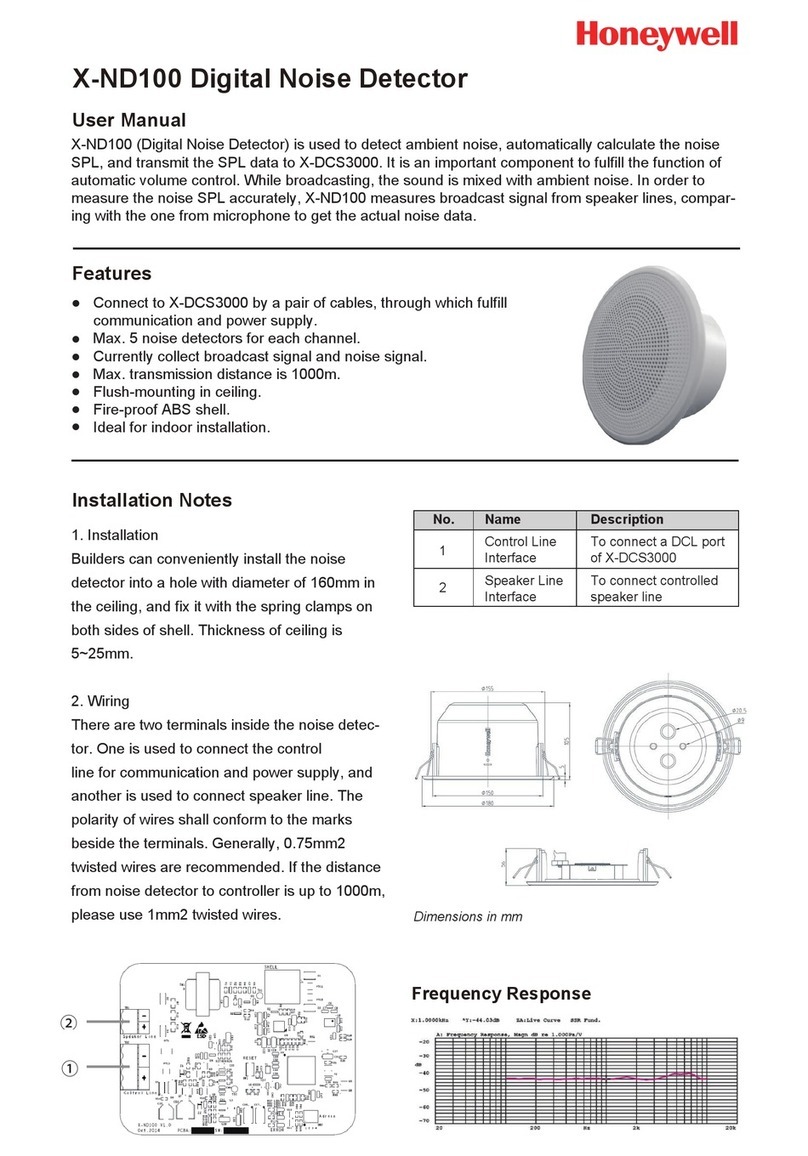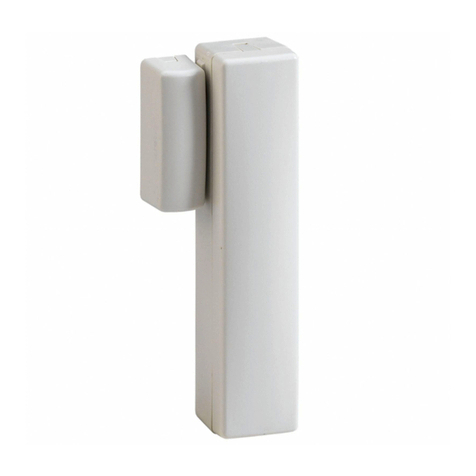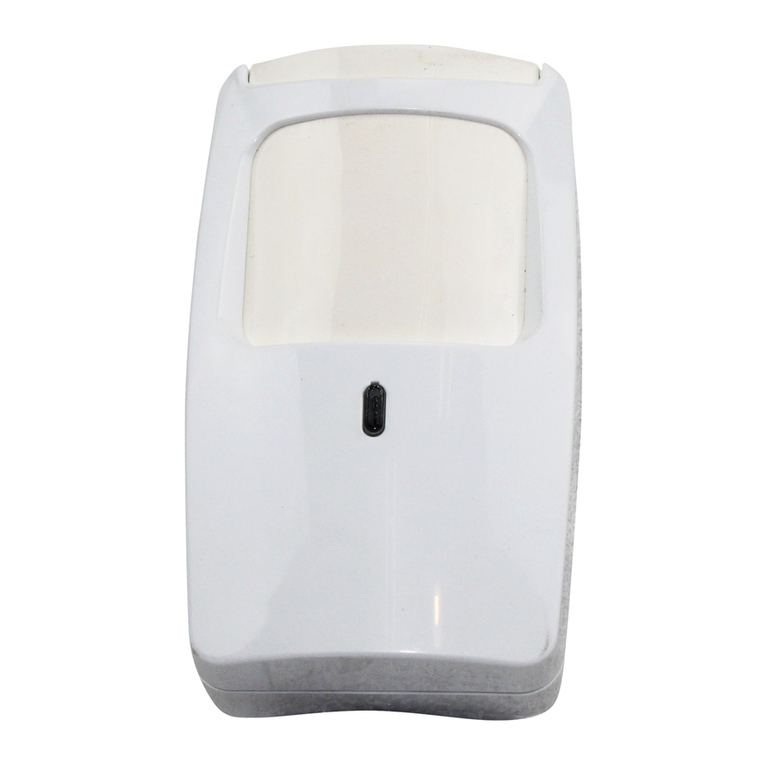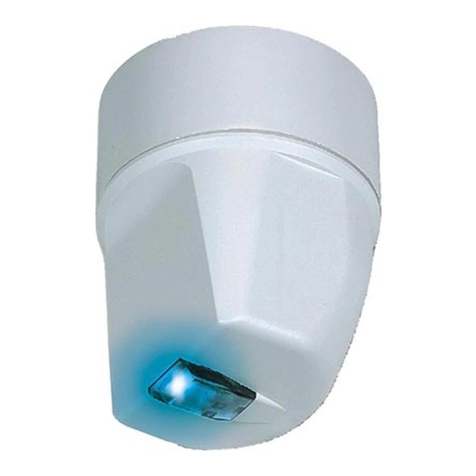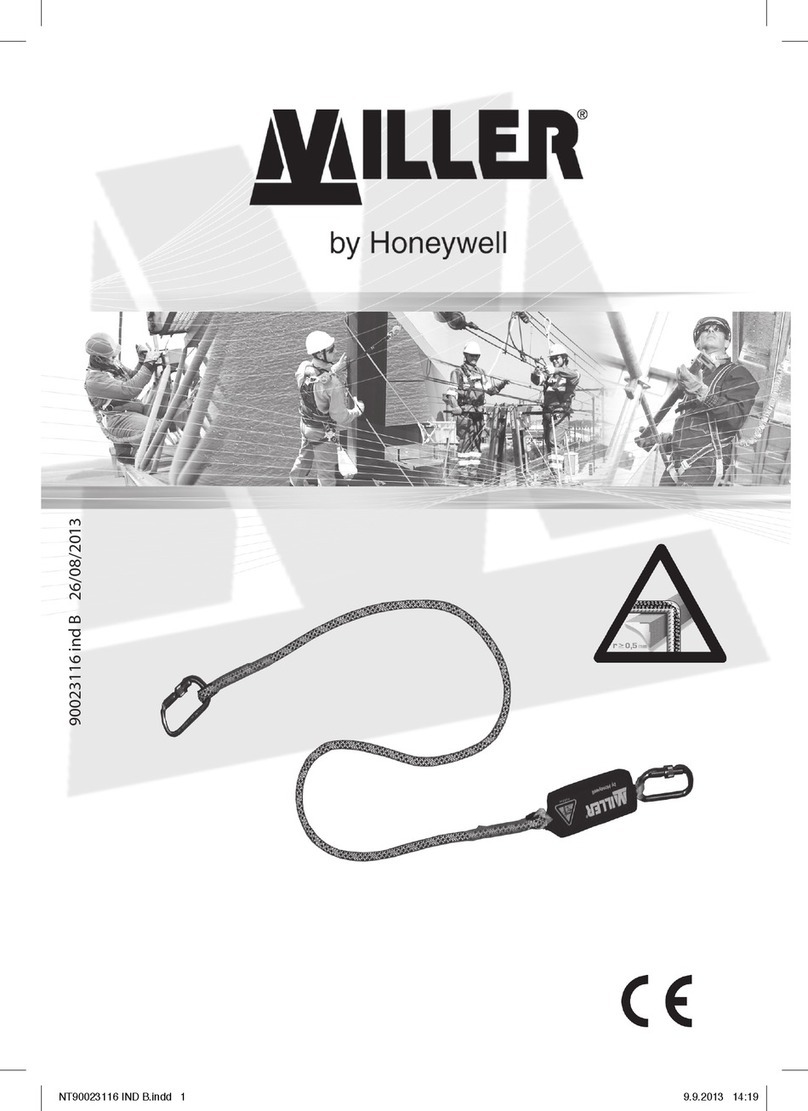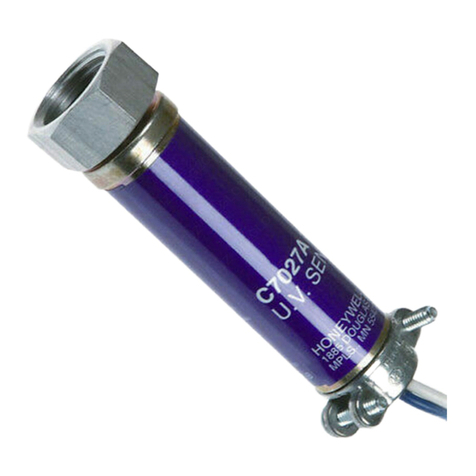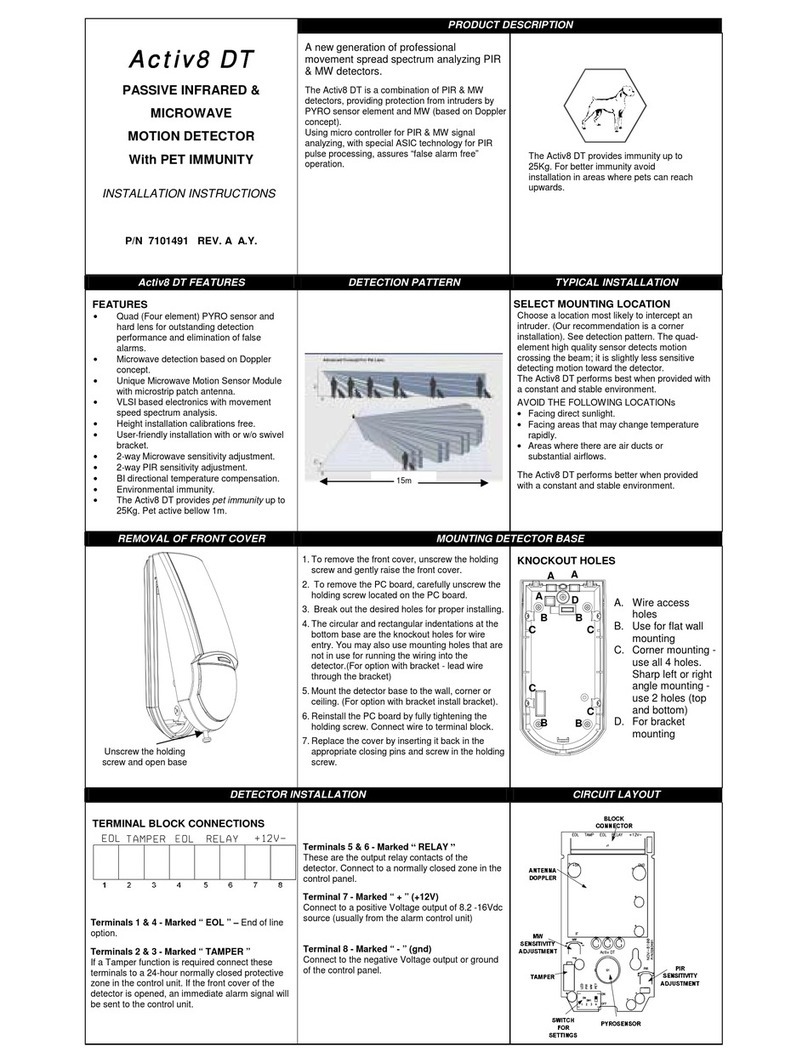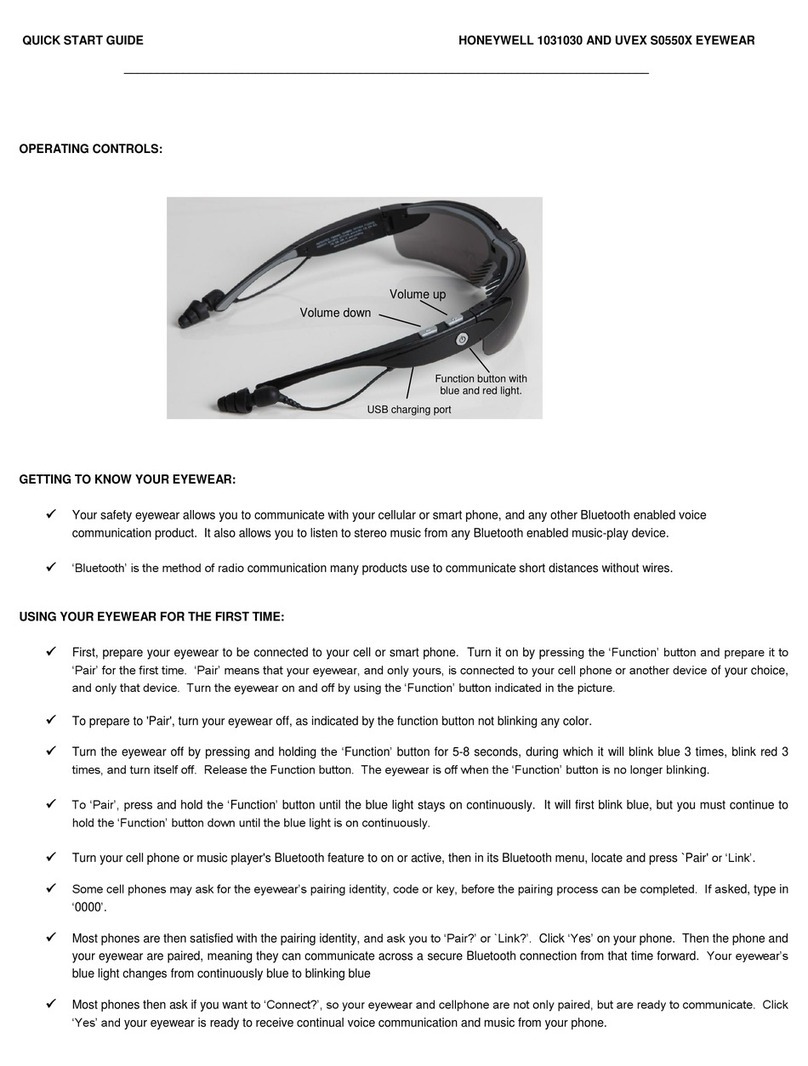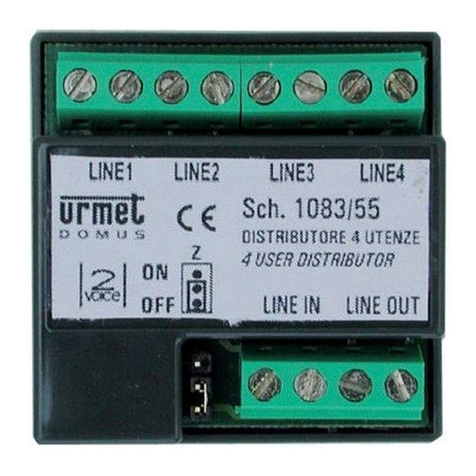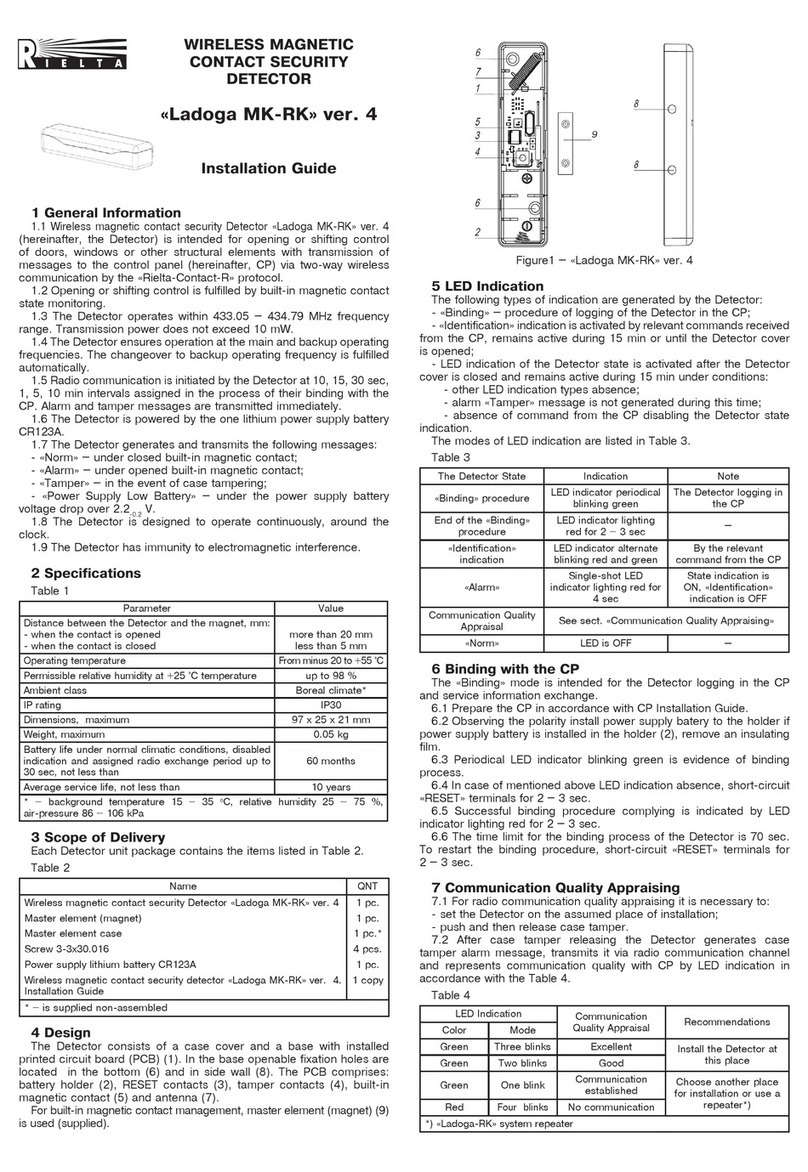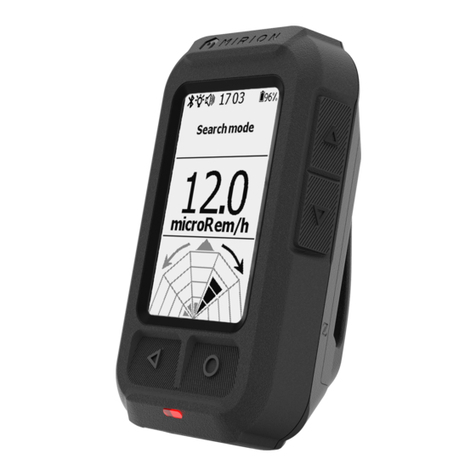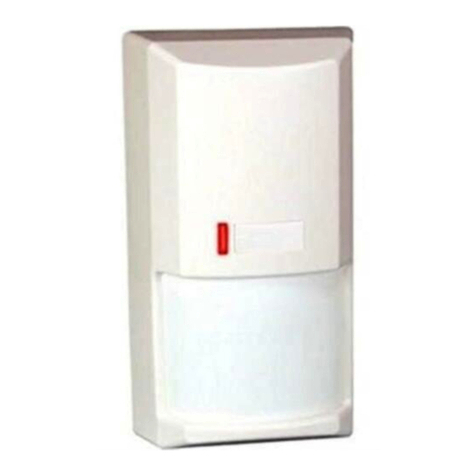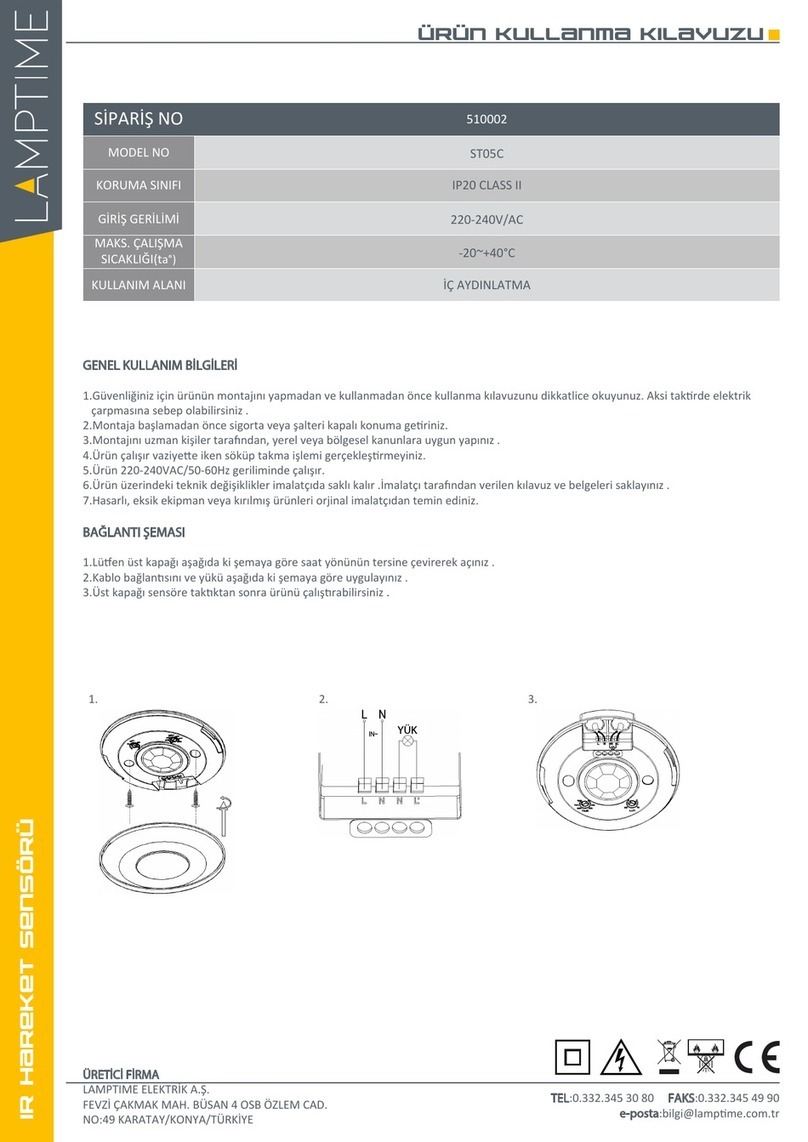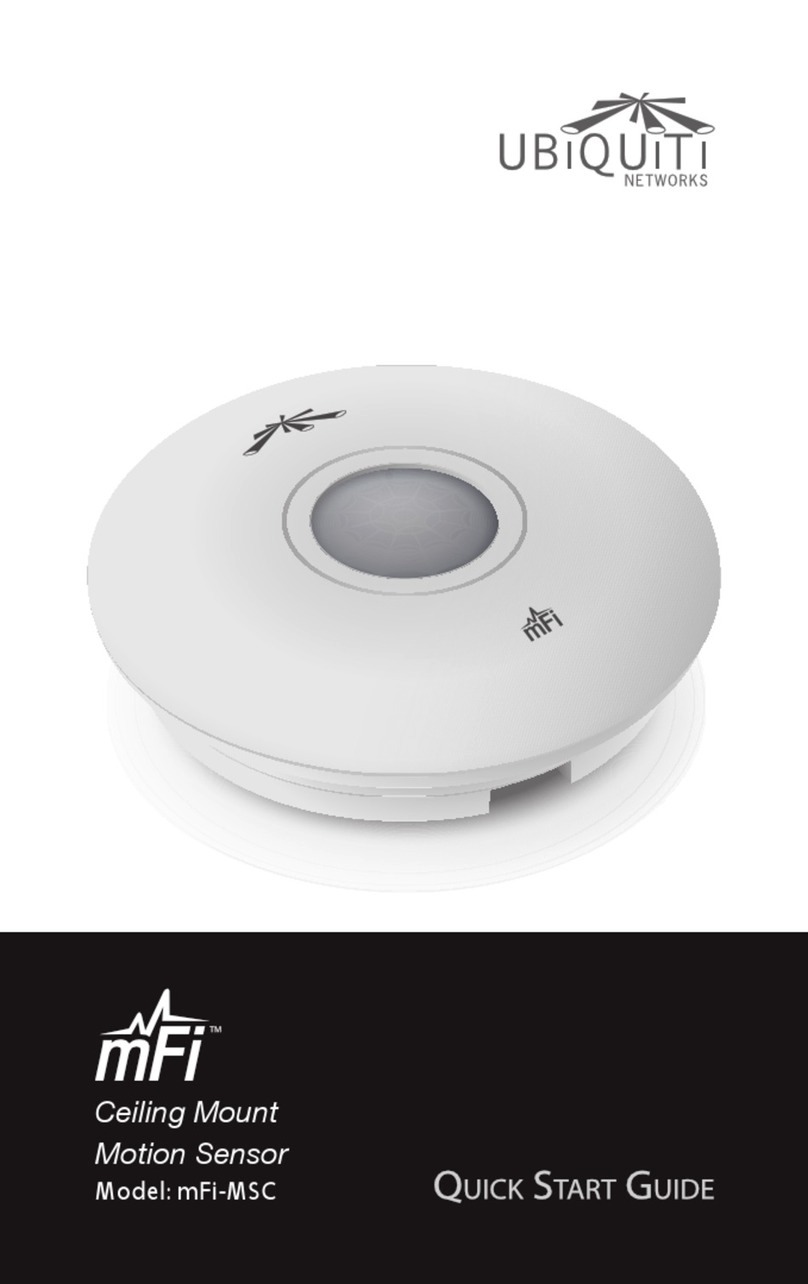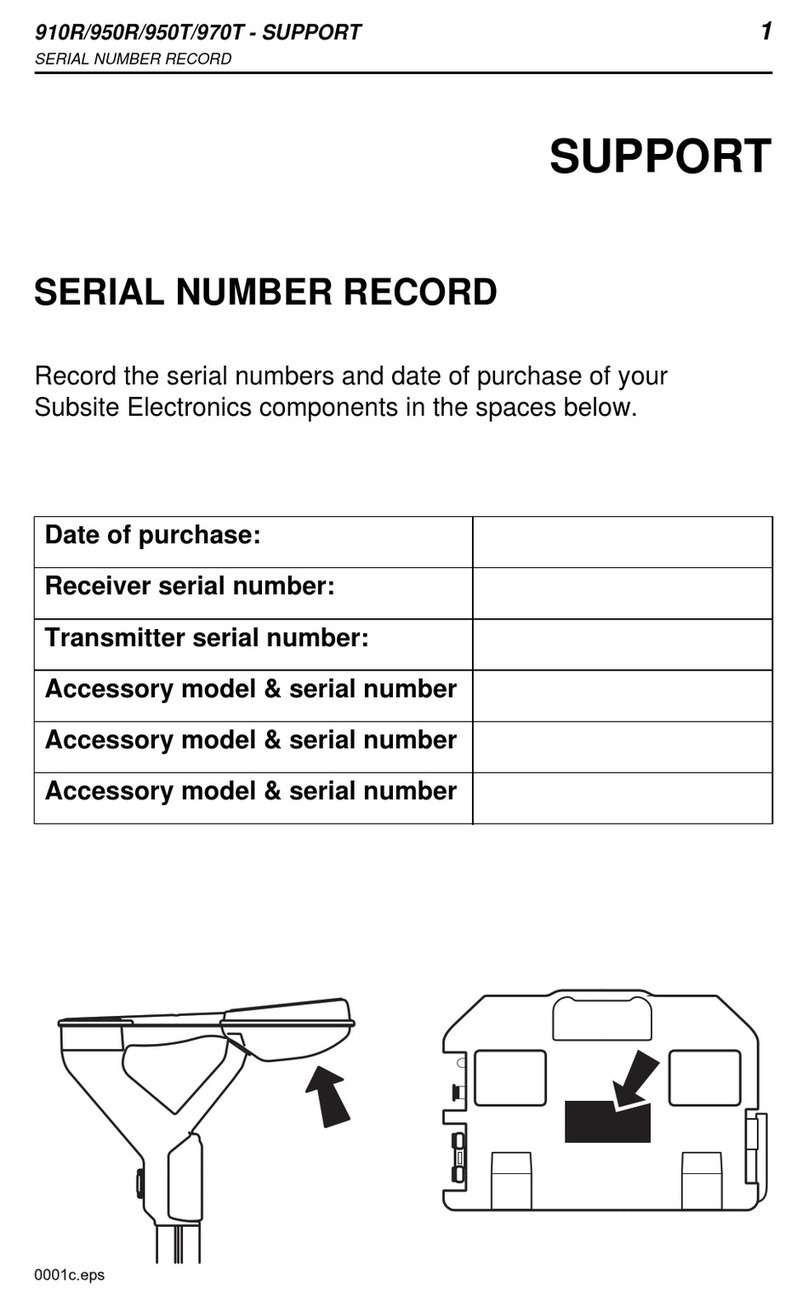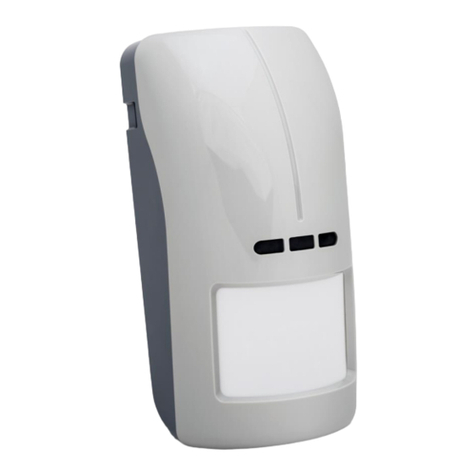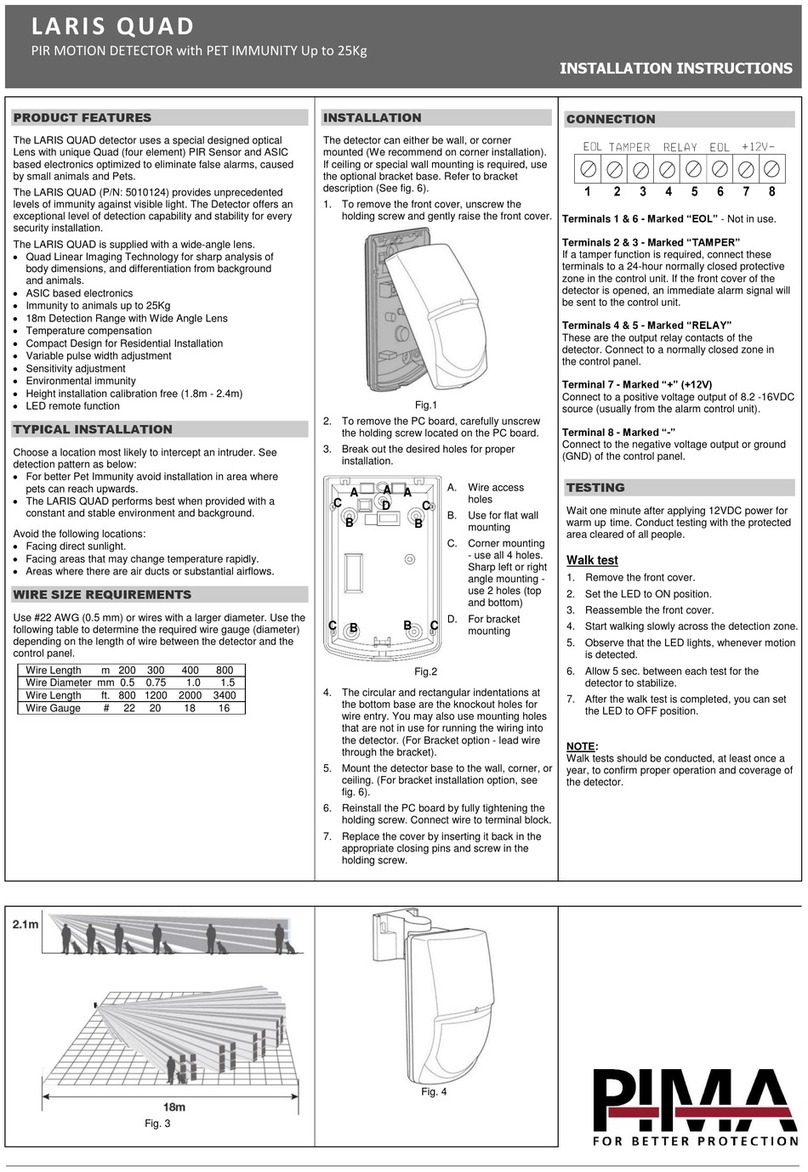
9
Calibration procedures are discussed in
detail in Chapter 4.
Recommended calibration frequency is
discussed in Appendix B.
1.4 Alarm logic
MultiPro gas alarms can be adjusted with
BioTrak Software through a PC with an IrDA
port or directly with the MODE button (see
Chapter 6 for direct programming
instructions). Alarms may be set anywhere
within the nominal range of the specific sensor
type. When an alarm set point is exceeded a
loud audible alarm sounds, and the bright red
LED alarm lights flash.
1.4.1 Atmospheric hazard alarms
The combustible gas alarm is activated when
the percent LEL (Lower Explosive Limit) gas
concentration exceeds any pre-set alarm
level.
Two oxygen alarm set points have been
provided; a danger alarm for low
concentrations associated with oxygen
deficiency and a warning alarm for high
concentrations associated with oxygen
enrichment.
Four alarm set points have been provided for
each toxic gas sensor: Warning, Danger,
STEL (Short Term Exposure Limit) and TWA
(Time Weighted Average).
S
E
N
S
O
R
W
A
R
N
I
N
G
D
A
N
G
E
R
S
T
E
L
T
W
A
CO 35 100 100 35
H2S 10 20 15 10
Default Toxic Sensor Alarm Levels
Appendix A discusses alarm levels and
factory default alarm settings.
MultiPro portable gas
detectors have been designed for the
detection of deficiencies of oxygen,
accumulations of flammable gases and
vapors, and accumulations of specific
toxic gases. An alarm condition indicating
the presence of one or more of these
potentially life-threatening hazards should
be taken very seriously.
In the event of an alarm
condition it is important to follow
established procedures. The safest course
of action is to immediately leave the
affected area, and to return only after
further testing determines that the area is
once again safe for entry. Failure to
immediately leave the area may result in
serious injury or death.
A rapid up-scale reading
followed by a declining or erratic reading
may indicate a hazardous combustible gas
concentration that exceeds the MultiPro’s
zero to 100 percent LEL detection range.
1.4.2 Low battery alarms
The MultiPro may be equipped with either a
rechargeable Lithium Ion (Li-Ion) or an
alkaline battery pack. The MultiPro includes
multi-staged low battery alarms to let the user
know that the battery is running low.
For detailed information concerning the
low battery alarms, see section 2.4.5.
Use only Duracell MN1500
or Ultra MX1500, Eveready Energizer E91-
LR6, Eveready EN91 batteries.
Substitution of batteries may impair
intrinsic safety.
1.4.3 Sensor over range alarms.
The MultiPro will go into alarm if a sensor is
exposed to a concentration of gas that
exceeds its established range. In the case of
an LEL reading that exceeds 100% LEL, the
LEL channel will be automatically disabled by
the instrument and the instrument will remain
in constant alarm until it is turned off, brought
to an area that is known to be safe, and then
turned back on. The display will show “OL” in
place of the sensor reading for any channel
that has gone into over range alarm.
See section 2.4.5 for further details on
sensor over range alarms.
A sensor range chart is provided in
Appendix C.
In the event of an LEL
overrange alarm the MultiPro must be
turned off, brought to an area that is
known to be safe and then turned on again
to reset the alarm.
1.4.4 LEL response failure due to lack of
O2alarm
The MultiPro features automatic warning
against LEL sensor response failure due to
lack of oxygen. See section 2.4.7 for details.
